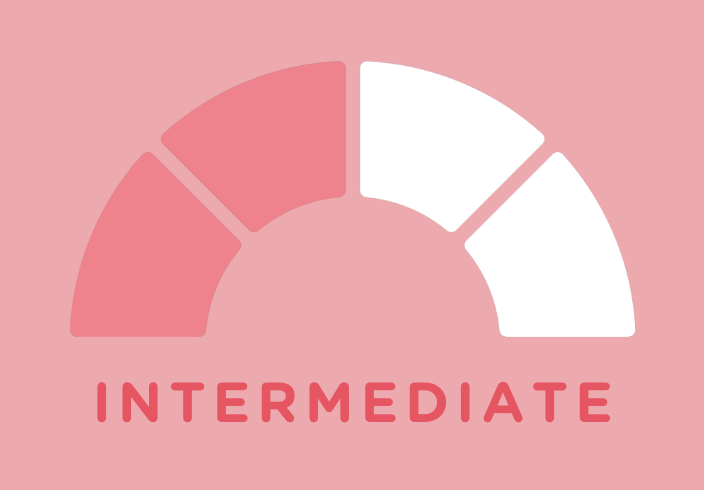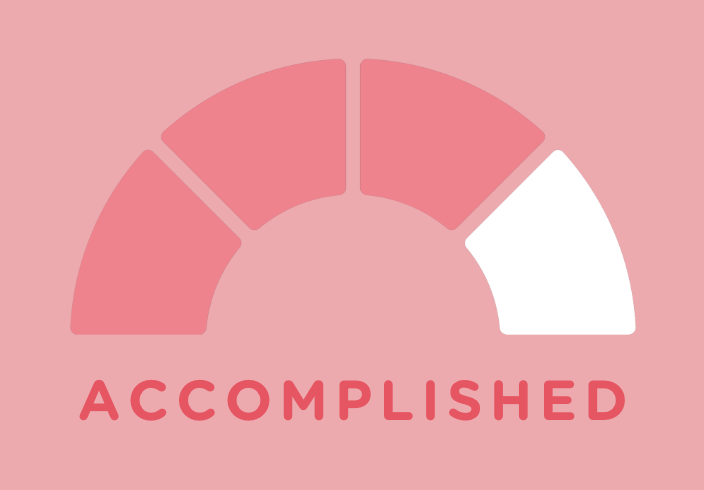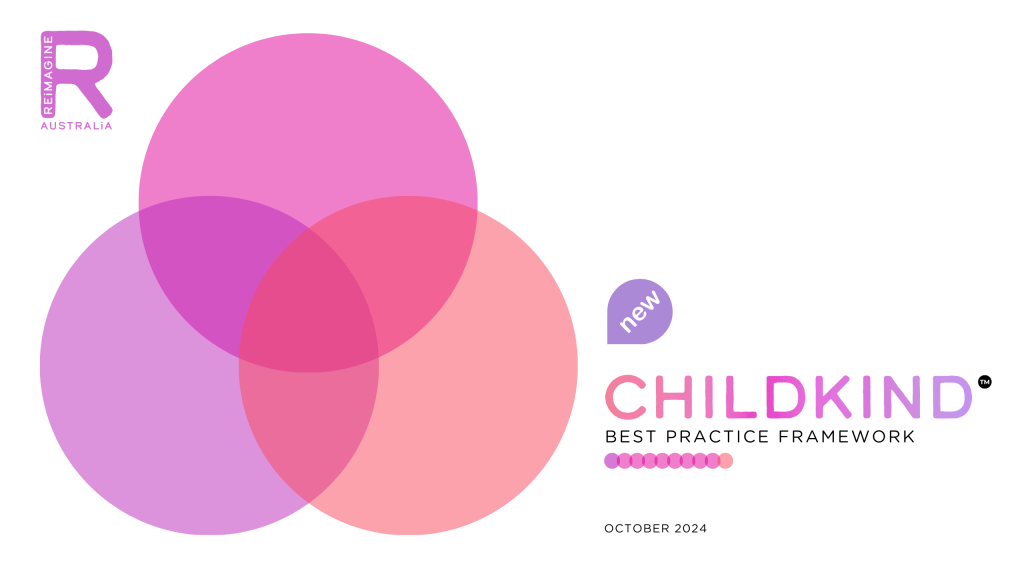KEY COMPETENCY 10.2 – SUPPORT MY TRANSITION
“I will work with the family and their team to design a flexible transition plan, as early as possible. “
Create a Plan is the second competency under the ‘Support My Transition’ Way of Working, and relates to the ‘design and delivery of services and supports‘ phase of the child’s early developmental support journey. It is important for:
Structured Support: Developing a clear transition plan provides a structured approach that outlines specific goals, resources, and strategies to support the child’s needs during transitions.
Individualised Strategies: Tailoring the plan to the unique circumstances of each child and family ensures that the support provided is relevant and effective.
Enhanced Communication: A well-defined plan facilitates communication among families, practitioners, and support services, promoting collaborative efforts.
Reducing Anxiety: Having a comprehensive plan in place helps alleviate anxiety for children and families by providing clarity and direction throughout the transition process.
Transition plans provide a roadmap for change, ensuring that the child and family are well-prepared and supported throughout the process. Practitioners work with families and other professionals to create a plan that is flexible and responsive to the child’s needs.
Research and Further Reading:
Warren, A. (2014). ‘relationships for me are the key for everything’: early childhood teachers’ subjectivities as relational professionals. Contemporary Issues in early childhood, 15(3), 262-271. https://doi.org/10.2304/ciec.2014.15.3.262
Wong, K., Hicks, L., Seuntjens, T., Trentacosta, C., Hendriksen, T., Zeelenberg, M., … & Heuvel, M. (2019). The role of mindful parenting in individual and social decision-making in children. Frontiers in Psychology, 10. https://doi.org/10.3389/fpsyg.2019.00550
COMPETENCY MILESTONES

I am able to:
Collaborate with the family to identify the key elements that should be included in a transition plan.
Ensure that the transition plan is initiated early, allowing sufficient time for adjustments.
Facilitate discussions with the child’s support team to gather input and align on the transition objectives.
Provide the family with basic templates or frameworks to guide the development of their transition plan.
Support the family in understanding the importance of flexibility in the transition plan to accommodate changing circumstances.

I am able to:
Co-create a detailed transition plan with the family that addresses their unique needs and circumstances.
Involve all relevant professionals in the planning process to ensure a holistic approach to the child’s transition.
Regularly review and update the transition plan with the family and support team to reflect any new developments or challenges.
Equip the family with strategies and tools to adapt the transition plan as needed while maintaining focus on the child’s well-being.
Ensure the transition plan includes clear milestones and timelines, helping the family stay on track and feel supported throughout the process.

I am able to:
Lead the development of a comprehensive and flexible transition plan that is tailored to the specific needs of the child and family.
Work closely with the family and support team to anticipate potential challenges and incorporate solutions into the plan.
Ensure that the transition plan is not only responsive to current needs but also adaptable to future changes in the child’s circumstances.
Empower the family to take an active role in managing the transition plan, providing guidance and support as they navigate the process.
Coordinate regular check-ins with the family and support team to monitor progress and make necessary adjustments to the plan.

I am able to:
Drive the creation of innovative and flexible transition planning processes that can be adapted to a wide range of scenarios.
Mentor colleagues on best practices for collaborative and flexible transition planning, sharing expertise in working with families and support teams.
Lead initiatives to embed flexible transition planning into organisational policies, ensuring that it is a standard practice across services.
Advocate for the continuous improvement of transition planning processes, ensuring they remain responsive to the evolving needs of children and families.
Design and deliver training programs for families and professionals that enhance their ability to create and manage effective transition plans.
Reflection questions are a valuable tool for practitioners, promoting self-awareness, critical thinking, continuous improvement, and stronger relationships in their work with children and families. Below are some reflection questions for Key Competency 10.2: Create a Plan:
Am I working closely with families to create a transition plan that meets their needs?
How can I better involve the child’s team in the planning process?
Am I reviewing and adjusting the plan as necessary?
Creating a flexible transition plan ensures that children and families are supported throughout the process of change.
(Johnson & Brown, 2021, p. 51).
Access more information on the ChildKind Best Practice Framework with its 10 Ways of Working, 30 Key Competencies and 8 supporting Values and Behaviours here:
